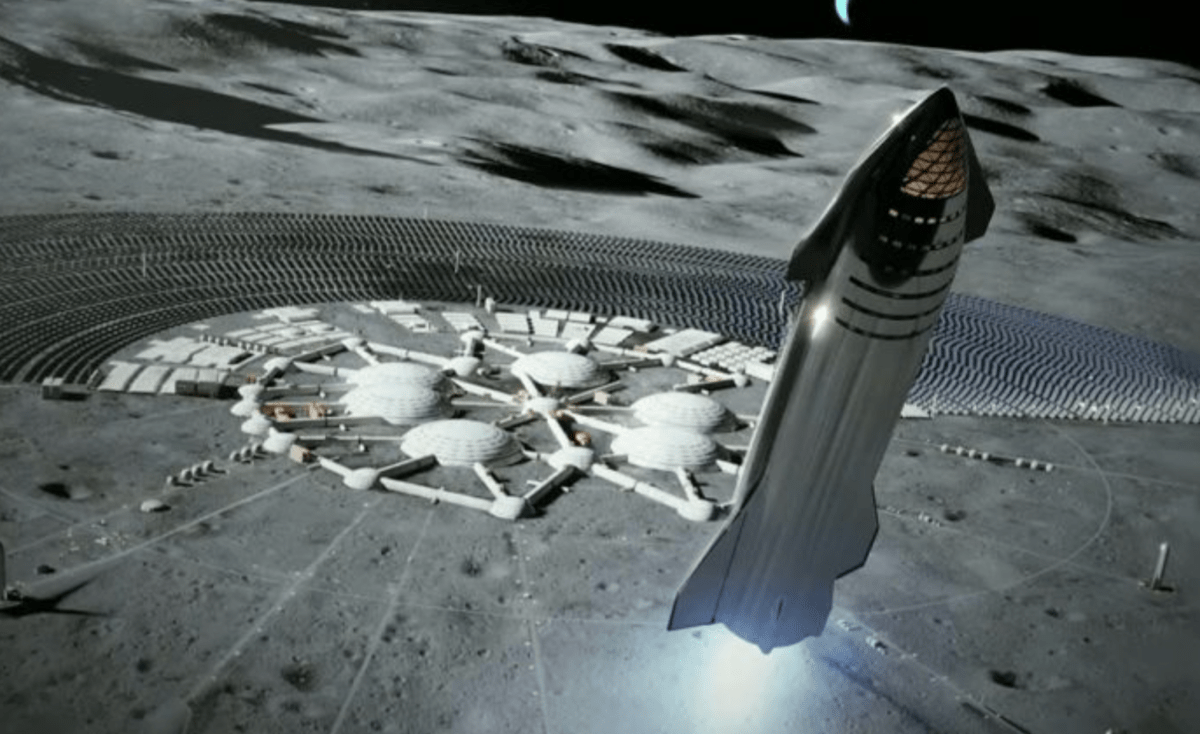[ad_1]
Wanted: Factory workers. Must be willing to work off-planet, in low gravity, on the lunar surface, for six month contracts. Pay commensurate with experience.
That might seem like an out of this world job opportunity, but it might just happen one day, if the Defense Advanced Research Agency (DARPA) has its way.
On Feb. 5, it announced its latest project, “Novel Orbital and Moon Manufacturing, Materials and Mass-efficient Design,†which is fancy speech for manufacturing large structures on the moon, SpaceNews.com reported.
In effect, DARPA is looking to “develop foundational materials, processes, and designs needed to realize in-space manufacturing of large, precise and resilient Defense Department systems,†Bill Carter, program manager at DARPA’s Defense Sciences Office, said in a statement.Â
DARPA is inviting companies that have technologies in this area to participate in a webinar planned for Feb. 26. The agency does not intend to issue any contracts now but is doing market research for a future solicitation, SpaceNews.com reported. Â
The announcement does not say why DARPA or the Defense Department is interested in lunar systems. This type of project is consistent with the mission of DARPA’s Defense Sciences Office to avoid technological surprise and anticipate what might come next.
As well, the Pentagon is concerned that China, in particular, will get the jump on the US when it comes to in-situ mining resources on the moon.
The agency has said it wants to investigate “new materials and manufacturing technologies for construction on orbit and on the lunar surface as well as explore new mass-efficient designs.â€
Nothing like a rival competitor to get things going!
Some of the lunar manufacturing technologies DARPA wants to hear about include large, high precision mechanical structures; large solar arrays; large radio frequency reflector antennas, and segmented infrared reflective optics, SpaceNews.com reported.Â
If the Defense Department needed to stand up a base on the moon, the biggest problem would be the transportation of materials and equipment.
Access to space is becoming more routine for government and private industry, “but even with regular launches, modern rockets impose mass and volume limits on the payloads they deliver to orbit. This size constraint hinders developing and deploying large scale, dynamic space systems that can adapt to changes in their environment or mission,†DARPA said.Â
Manufacturing in space would result in “substantial improvements in structural efficiency, size, resiliency, and precision for future space-based platforms,†the statement said.Â
On-orbit manufacturing would be done with advanced materials ferried from Earth, Space.com reported.
“As an example, once we eliminate the need to survive launch, large structures such as antennas and solar panels can be substantially more weight efficient, and potentially much more precise.â€
Carter, the program manager, noted that space companies and scientists “have been thinking about on-orbit manufacturing for some time, so we expect to demonstrate new materials and manufacturing technologies by the program’s end.â€
DARPA envisions a three-phase program each lasting about 18 months.Â
Carter said DARPA would like to hear about “system designs that are so mass-efficient that they can only be built off Earth, and with features that enable them to withstand maneuvers, eclipses, damage and thermal cycles typical of space and lunar environments.â€
That sounds like a good Jason Bourne movie!
[ad_2]
Source link










